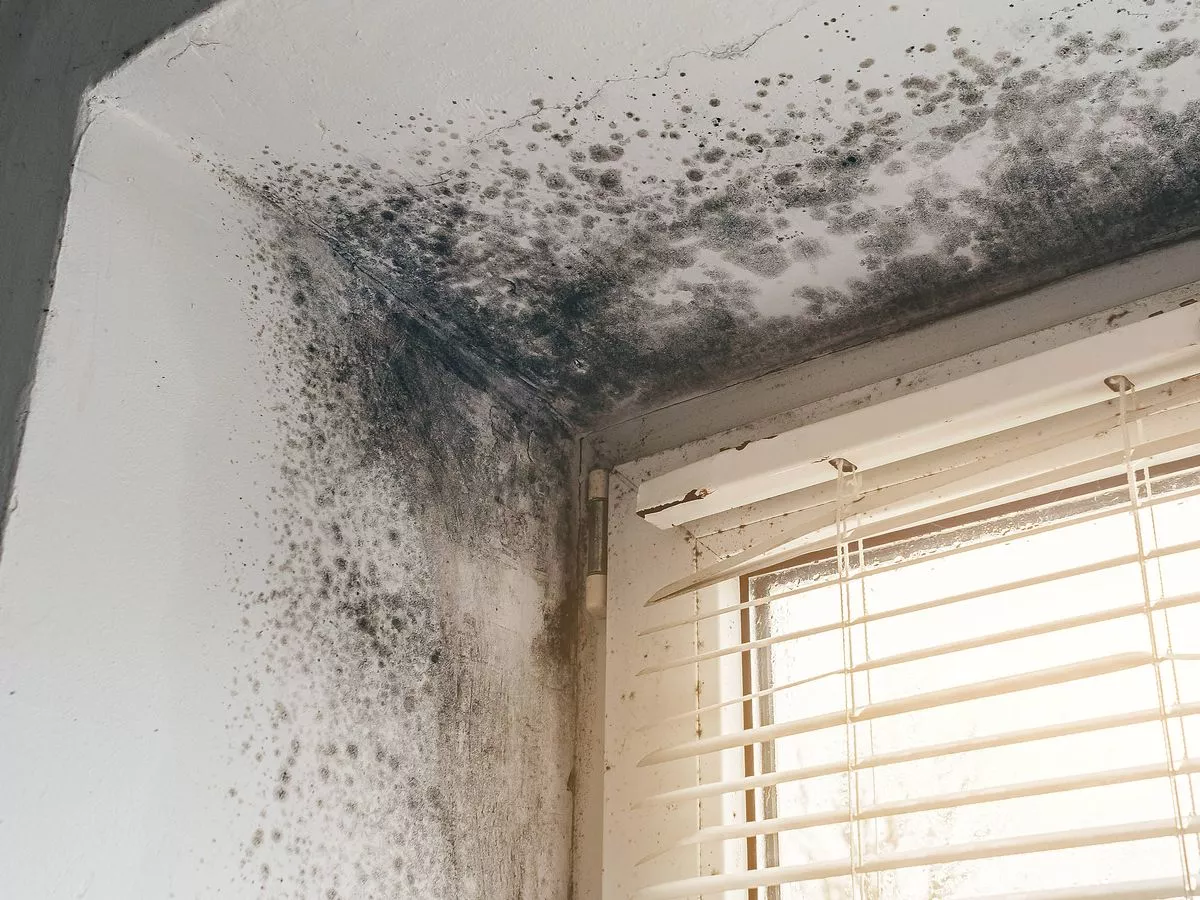By Isobel Pankhurst
Copyright belfastlive

As autumn officially begins on September 22, it’s time to prepare for the cooler days that lie ahead. Whilst we naturally move plants inside and adjust our heating systems, there are frequent mistakes that could accidentally transform your home into a breeding ground for mould. Dale Smith, Founder of Fence Guru, cautions: “Most people don’t realise that their well-intentioned autumn habits could actually create the perfect environment for mould to thrive. The combination of increased moisture and reduced airflow that comes with cooler weather means we need to be extra careful about how we manage our homes during this transition period.” He highlights that leaving wet boots, coats and umbrellas indoors is one such practice. With autumn set to bring more rainfall, we’ll frequently find ourselves handling soaked clothing and accessories. However, if these damp items are left to dry in enclosed spaces like hallways or wardrobes, they can create pockets of high humidity. This surplus moisture can then become a perfect environment for mould, which may spread across the property. Dale notes: “I’ve seen mould problems start in entrance areas where families consistently leave wet gear. It spreads from there into the rest of the home through air circulation.”, reports the Mirror . To tackle this, he suggests establishing a designated drying area with proper ventilation, preferably near an external door or window that can be opened occasionally. And this isn’t the only mistake that can result in mould formation; Dale stresses the significance of correct garden and plant maintenance, as errors in this area can prove harmful to the home. When gathering leaves to neaten the garden, many individuals will leave piles of wet leaves against the outside walls of their property. Nevertheless, this will form a moisture barrier against your wall that will penetrate through cracks and establish the perfect conditions for mould to flourish. Rather, leaf collections should be placed at least two metres away from your home’s foundation, or ideally, compost them in a specific area away from the house. Likewise, when temperatures drop, many people will relocate some of their outdoor plants inside during the cooler months. Yet, rather than modifying their watering schedule, they will water the plants as if they are outdoors. Once your plants have been moved indoors they actually need less watering as the environment is different, and excessive watering is another mistake that can result in mould development in the home. Another problem Dale identifies is that people often hang washing up to dry in spaces with poor ventilation. He says: “Drying clothes indoors releases significant amounts of moisture into the air – up to two litres per load. “Without proper ventilation, this moisture gets trapped, creating humidity levels that encourage mould growth on walls, ceilings, and stored items.” He further warns that the problem intensifies when multiple loads are dried consecutively, as the moisture builds up faster than the area can naturally dry out. For all the latest news, visit the Belfast Live homepage here and sign up to our daily newsletter here.



